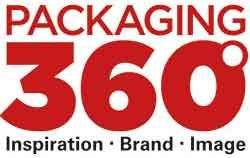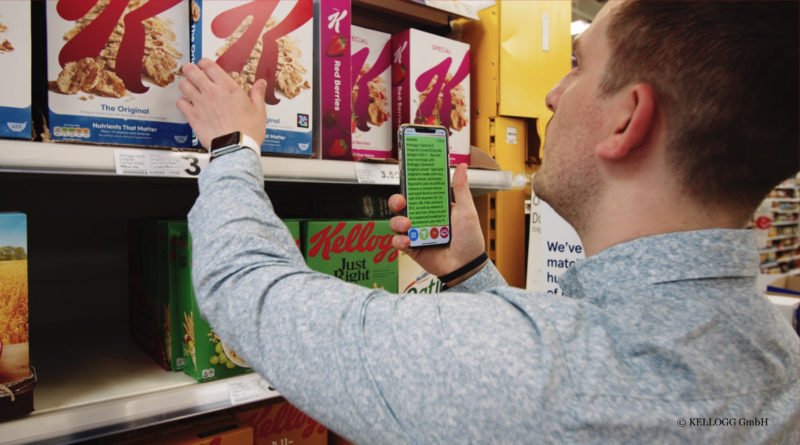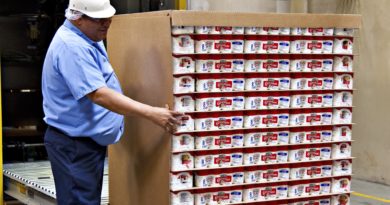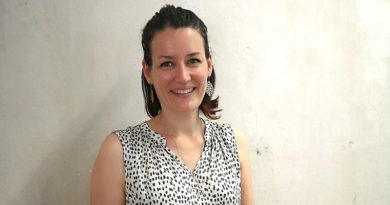First Product Packaging for People with Visual Impairments
New technology aims to make shopping easier for people with visual impairments: a code on the packaging allows smartphones to recognize ingredients and nutritional information and play it back to consumers. All packaging of products sold by Kellogg in Europe will be converted from January 2022.
Kellogg Europe will equip all product packaging with new, globally unique technology to make it accessible to blind and visually impaired people starting 2022. The company made the announcement on July 1.
Important information on food packaging, such as allergen data, is often not accessible to people who are blind or have other visual impairments. The new boxes allow a smartphone to recognize a unique code on the packaging and reflect label information to customers with visual impairments.
Kellog plans to change all of its product packaging in Europe, starting in 2022 with „Kellogg’s Special K.“ The company says it hopes that by sharing experiences with other brands, it will be able to make supermarket shelves overall more accessible for people with visual impairments, allowing them to shop more independently and access information from different packaging.
NaviLens: technology recognizes code from a distance
The market launch was preceded by a successful 2020 pilot on „Kellogg’s Choco Krispies“ packaging marketed in England. The evaluation by the U.K. charity Royal National Institute of Blind People (RNIB) reportedly found that 97 percent of participants would like to see more of these accessibility features on food packaging in the future.
Unlike other types of printed codes, the new technology, called NaviLens, contains high-contrast coloured squares on a black background. Users do not have to know exactly where the code is located to scan it. The design allows smartphones to detect the code on packaging from up to three meters away when blind or visually impaired shoppers hold their devices toward the products. The phone is then alerted, and the customer can have the information on ingredients, allergens and recycling read aloud – or read it on the device using accessibility tools.
The technology is currently being used in Barcelona, Madrid, and Murcia. It was first introduced in the UK as part of the Kellogg trial. Aura Botorog, European VP Kellogg Brands, is excited about the innovation. „Over 30 million people across Europe live with a visual impairment and are unable to easily read the information on our packaging. As a company focused on equality, diversity, and inclusion, we believe everyone should be able to access important and useful information about the food we sell. That is why, starting next year, we will equip all of our European product packaging with the new technology. I am proud that Kellogg will be the first company in the world to use NaviLens. We know it is important that all packaging is accessible to blind people to make it easier for them to shop, so we will share our experience with other brands who want to learn more.“
Javier Pita, CEO of NaviLens, the start-up that developed the technology, added: „The inclusion of NaviLens codes on food packaging is a positive step towards a more inclusive and accessible shopping experience for the visually impaired. This allows people with visual impairments to shop more independently and make their own food choices.“




